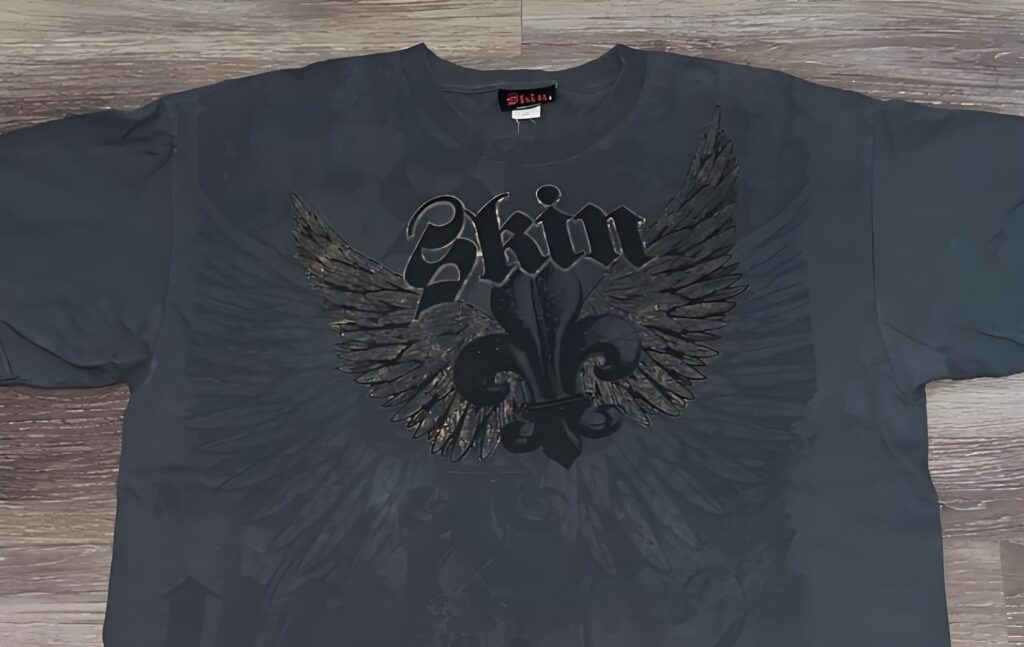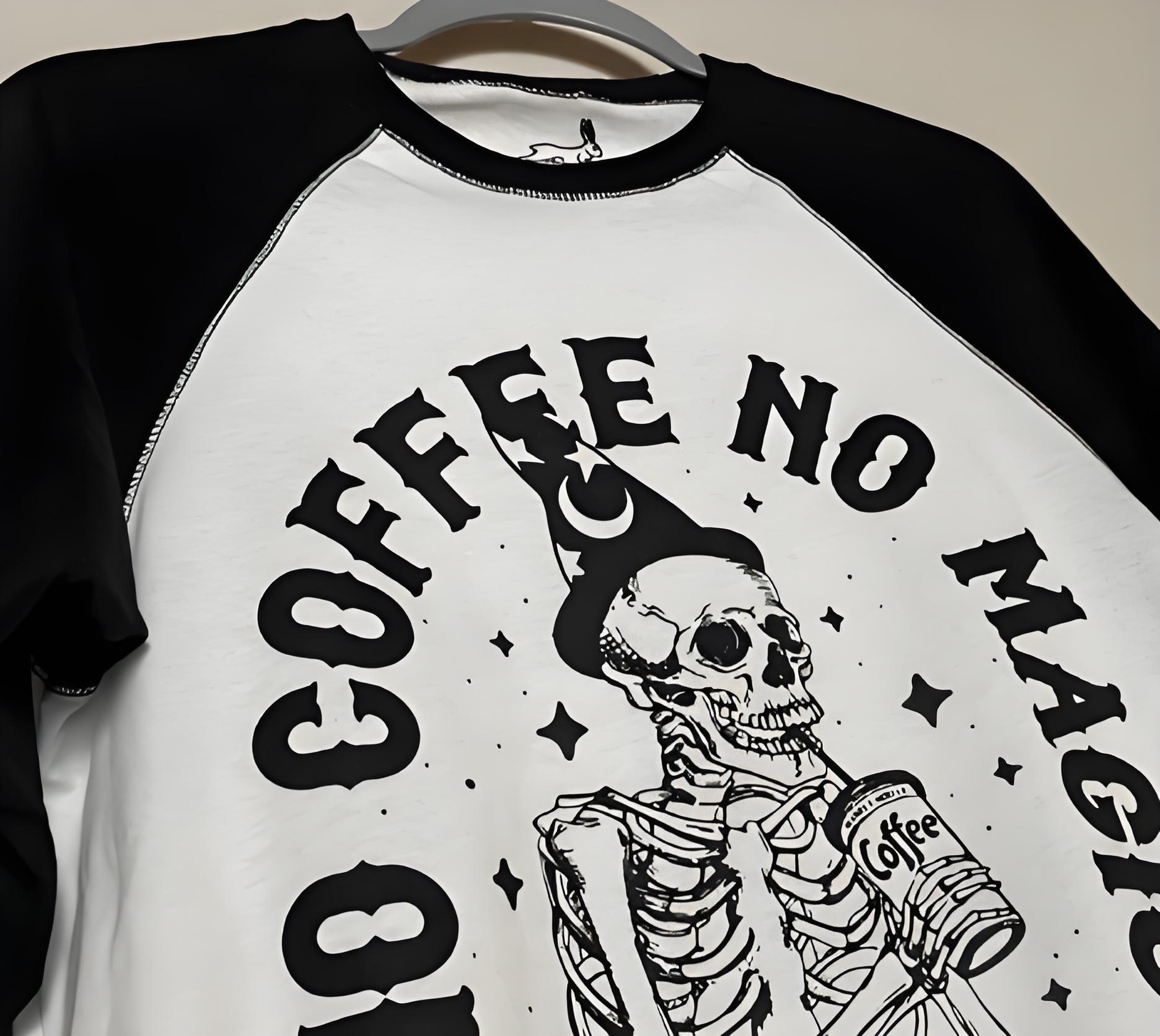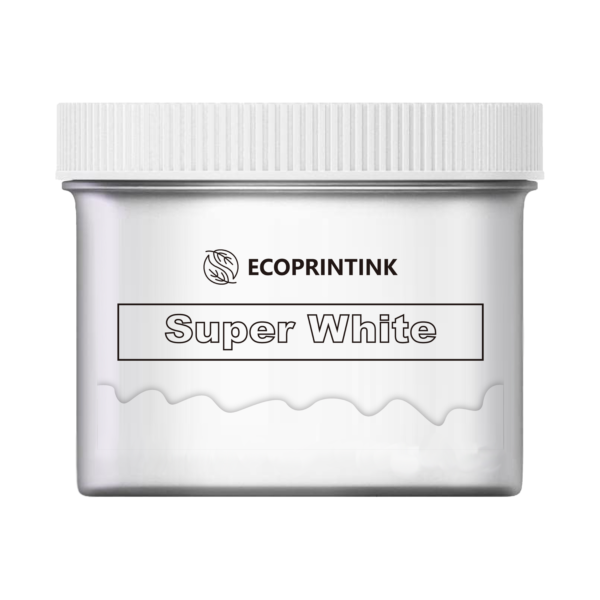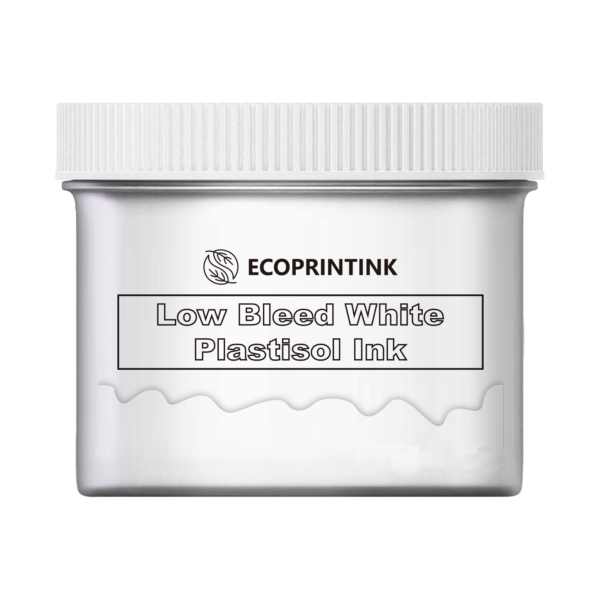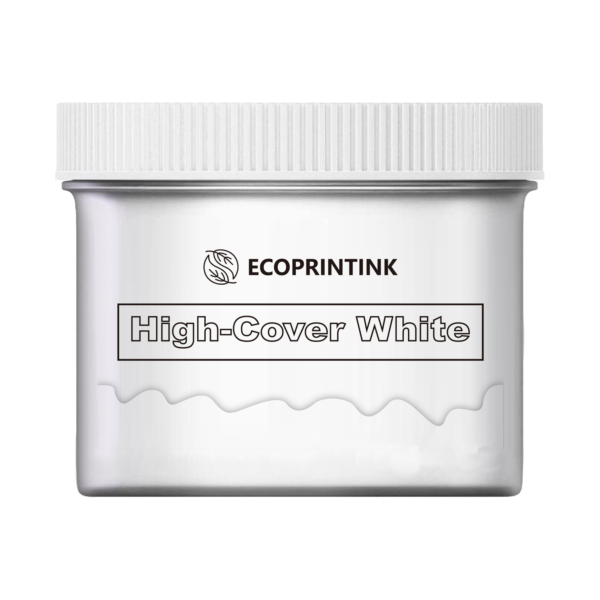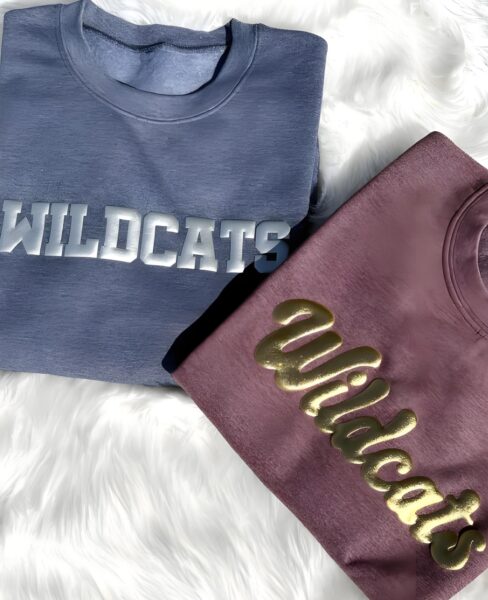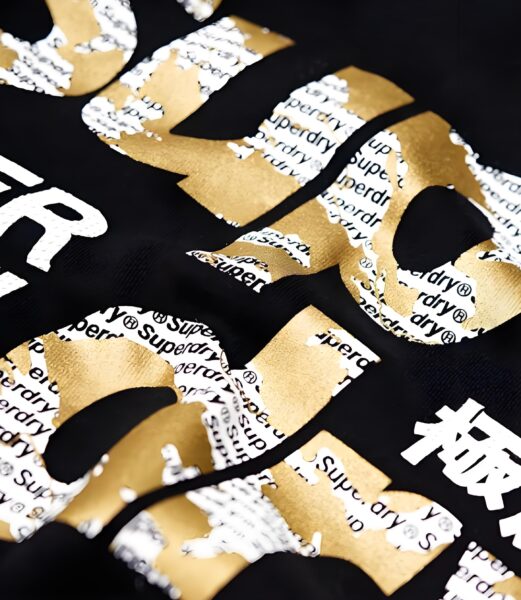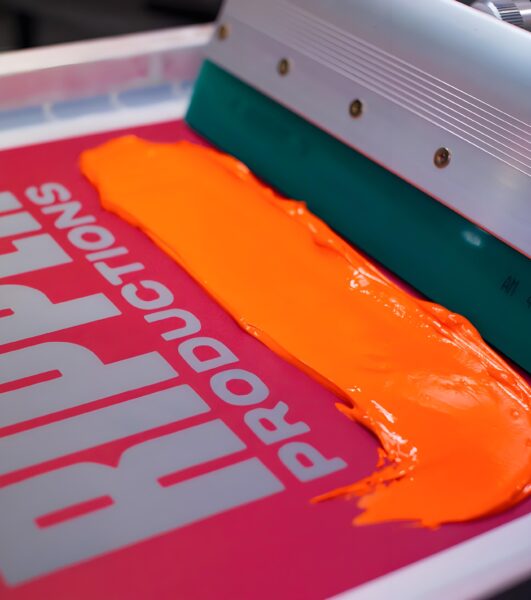Looking to level up your screen prints with flawless blacks and unbeatable durability? This post is your all-in-one, plain-English resource about black plastisol ink, how to achieve the perfect cure, and pro tips on every stage of screen printing. We’ll walk you through the nuts and bolts so your shirts, poly blends, and cotton pieces come out bold, smooth, and long-lasting. Whether you’re a seasoned printer or a curious beginner, you’ll discover how to get the most out of every screen, every squeegee pull, and every gallon of ink.
Table of Contents
1. What is Black Plastisol Ink? The Core of Screen Printing Excellence
At its center, black plastisol ink is a creamy, opaque screen printing ink engineered for formidable, jet-black prints on a substantial variety of garments. What makes plastisol ink unique isn’t simply its coloration—it’s the manner it blends pigment with a PVC resin and plasticizer base. This offers the ink its unique creamy experience, clean-to-print glide, and reliable coverage over cotton, polyester, and blends. You’ll regularly locate black plastisol ink at the heart of each thriving print keep. Whether you’re the use of a manual or automatic press, this ink kind sets the baseline for expert outcomes and high-quantity consistency.
Screen printing plastisol inks like those are well-cherished due to the fact they may be forgiving for novices and irreplaceable for professionals who need repeatable, lengthy runs. The key is in their treatment—they don’t air-dry however cure handiest when exposed to the right mixture of heat and time. This consequences in finishes that withstand cracking, fading, and washout, maintaining your garment looking sparkling after dozens of wears and washes.
If display screen print durability, deep blacks, and convenient printability top your wish listing, black plastisol ink is your go-to for stellar results.
2.Why Choose Plastisol Ink Over Water Based Ink?
You may also have heard the talk: plastisol ink vs. Water based totally ink. Each has its location, but right here’s why plastisol ink is the screen printing enterprise’s staple. Unlike water based ink—which soaks into material fibers and air-dries—plastisol sits well atop the shirt, sealing color and detail for unbeatable opacity. That approach your black plastisol prints received’t disappear on darkish shirts or suffer from bleed on poly blends as without problems.
Plastisol ink also boasts a superior creamy consistency: smooth to print, smooth to mix, and forgiving in case you want to pause mid-activity. Water based totally ink, even as tender and green, dries out in the screen, requiring more renovation and quicker paintings. For high opacity, bright blacks, and dependable outcomes on cotton and poly, plastisol stays king. Plus, non-phthalate options solution cutting-edge protection and eco standards, so that you don’t should compromise compliance for print pleasant.
3. How Does Black Plastisol Ink Work on Different Fabrics Like Cotton and Polyester?
Black plastisol ink is versatile however takes a barely exclusive technique for cotton versus polyester fabrics. Cotton, with its absorbent fiber shape, permits plastisol ink to bond nicely while well cured, generating prints with a tender hand and colourful finish. The creamy composition of plastisol ink guarantees it sits on top of the cotton blouse substrate, preventing immoderate ink soak and retaining high opacity.
Polyester fabric, and mainly blends, present a new task—dye migration, or “bleed.” The warmness of curing can motive polyester dye to sublimate, growing into your stunning black plastisol ink and muting the coloration. To beat this, printers use low-bleed or bleed-blocking plastisol formulations engineered in particular for those elaborate clothes. Low temperature or “lower treatment” plastisol inks assist further, as they reduce the possibilities the poly dye will migrate for the duration of curing.
So whether or not you’re operating with fundamental tees or performance shirts, understanding your cloth and choosing the right plastisol ink guarantees prints stay true and colorations ambitious.
4. Setting Up Your Screen: Mesh, Emulsion, and Coating Essentials
Before you even reflect onconsideration on printing, you want the right screen setup. The mesh matter matters—a lower mesh (86-110) works top notch for thick, creamy plastisol ink applications, while higher mesh counts (two hundred ) suit best-element work. The screen is first coated with a exceptional direct emulsion, forming the stencil that holds your layout.
Proper coating is critical. Too skinny, and also you’ll get bleed; too thick, and you’ll lose element. The emulsion need to be UV touchy however now not vulnerable to direct daylight, that can degrade its great. When you’re done coating, allow for complete drying at room temperature—rushing can lead to pinholes or vulnerable stencils. Once uncovered and rinsed, your display screen is ready for ink.
For printers shifting severe quantity, a properly-prepped plastisol display saves time and complications down the road.
5. Prepping and Mixing Plastisol Ink for Optimal Consistency
Not all plastisol inks come geared up-to-use. If you’re pulling from a fresh 1 gallon bucket, stir well each time—pigment settling and changes in viscosity are not unusual, mainly after storage. The trick is to “blend ‘til creamy”—you need a clean, flowing consistency and not using a chunks or pigment clumps.
When custom colorings or consequences are wanted, you could blend plastisol ink shades using a colour blending machine, along with Pantone-matched pigment components. Some designs require mixing or layering extraordinary inks on the same garment, using techniques like moist-on-moist or print-flash-print to get the effect just right.
Remember: continually take a look at the manufacturer’s guide for encouraged mesh, squeegee durometer, and other setup hints on your particular plastisol ink for display printing.
6.Screen Printers’ Top Tips: The Role of Press, Manual, and Automatic Setups
How you apply ink by way of screen print—the dance among your press, squeegee, and display—matters. Manual presses offer last manipulate and are perfect for small runs or problematic info, at the same time as automated presses enhance speed and consistency for larger jobs.
Regardless of your setup, interest to live time (the period ink sits before flashing or curing), squeegee perspective, and strain are vital. Too a whole lot pressure can push ink through and cause bleed, whilst too little leaves you with a patchy coat. Squeegees are available numerous durometers to alter for ink thickness, and the printer should adapt motion for distinct garment sizes and layouts.
If you’re going for walks dozens of shirts, maintain a press wash or ink degradent available to prevent buildup and hold sharp edges for your stencil. Clean printing continues results constant from the primary blouse to the last.
7. Cure Time, Temp, and How to Nail the Perfect Plastisol Cure
Now we reach the make-or-spoil step: the remedy. Plastisol ink wishes warmth—now not air—to complete, developing the chemical bond that makes your print cleanable, bendy, and crack-resistant. Most black plastisol inks treatment at a trendy cure temp round 320°F (160°C), however low treatment or low-temperature remedy options are catching on, particularly for heat-touchy poly or blends.
Cure time relies upon on your dryer and ink thickness—expect approximately 45-60 seconds of reside in an average conveyor dryer for trendy therapy, but always take a look at. Incomplete cure leads to troubles like washout or ink crack, whilst an excessive amount of warmness can scorch your blouse or fuse dye into your ink. Use a warmth gun or test swatches to test each floor and inner ink temp for a great result.
Trick of the trade: If you are uncertain, strive a stretch take a look at or launder one shirt. If it cracks or washes out, the remedy wasn’t enough—time to tweak your setup.
8. Flash, Dryer, and Dwell Time: Ensuring a Durable Screen Print
Flashing is the name of the game weapon in multi-coloration or print-flash-print operations. A flash unit quickly gels the top layer of plastisol ink, letting you lay down extra colors without smearing or bleeding. Flash times are brief—just sufficient to “pores and skin” the pinnacle so next colorings live crisp.
Once your full layout is outlined, the final dryer completes the cure. Resist the urge to tug shirts too soon; live time inside the dryer gives the warmth a risk to reach all layers of ink, essential when printing thick coats or stacking print layers. Conveyor dryers are the gold fashionable for production; even a simple warmth gun works for spot assessments or small batches.
Mastering flash, dryer, and stay time way every blouse comes out soft, bright, and constructed for countless washes.
9. Getting Crisp Images with High Opacity and Bleed Resistance
Need a true black that pops on any shirt? This is in which high opacity and bleed resistance remember maximum. The fine black plastisol ink is engineered for superior pigment load so a single pass provides a pointy, deep coloration without layering on gallons of ink. High opacity formulas are your pal in case you’re printing on dark or coloured poly fabric—much less chance of the shirt colour showing via.
Bleed resistance is equally vital, in particular when printing on polyester or poly/cotton blends. Special low-bleed plastisol ink bytes lower back in opposition to pesky dye migration, locking your black layout in place whether or not you print on a hundred% poly, cotton, or blends.
For trickier jobs, attempt using an underbase layer (frequently a excessive-opacity white), accompanied by way of black plastisol ink for unequalled comparison and area precision.
10. Troubleshooting: Tack, Crack, Scorch, and Ink Degradent Wisdom
Not every process is going easily—the trick is knowing the way to troubleshoot. “Tack” refers to undesirable stickiness inside the cured print. This can stem from underneath-cure, excessive ink deposit, or maybe ambient humidity. Upping your treatment temp (inside secure limits) or adjusting ink deposit should clear up maximum offenses.
“Crack” in your design? This nearly constantly points to inadequate cure or over-thick ink layers. For “scorch” (burnt or browned shirts), ensure your dryer isn’t walking too warm or leaving shirts in too long. For some of these ills, ink degradent and press wash are your cleanup allies, preserving both stencils and mesh clear and ready for movement.
Regular trying out and a keen eye ensure none of your stunning display screen print batches become a headache later.
Ordering and Storing Plastisol Ink: Gallon, Quart, and More
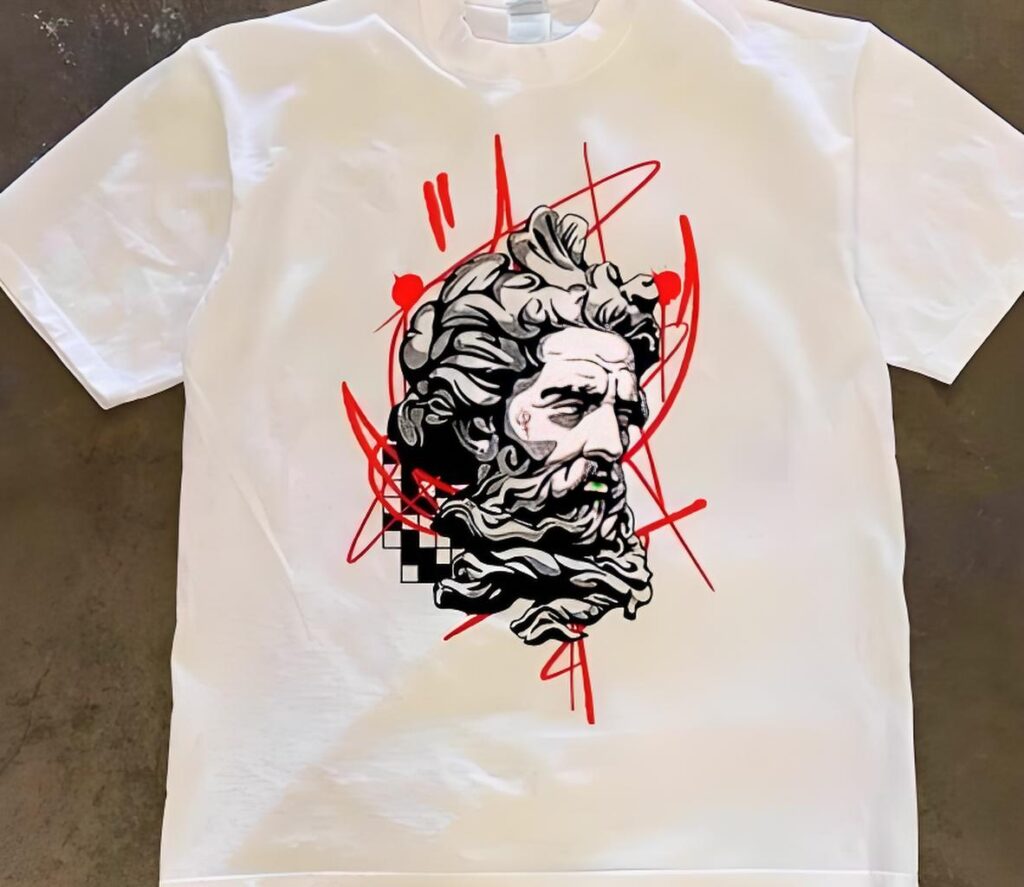
Whether you’re a hobbyist or run a high-volume save, plastisol ink is available in sizes to suit each printer. Black plastisol ink is regularly determined in 8oz, pint, quart, 16oz, 128oz (1 gallon), or even 5 gallon pails. More isn’t continually better—stick with portions with a view to be used in a reasonable duration to keep away from pigment separation or thickening.
Store all ink at room temperature, away from direct sunlight for finest shelf lifestyles. Mix before use, and in case you word thickening, a plastisol ink reducer (take a look at if it’s advocated through your manufacturer) can go back it to creamy glory.
Properly sealed containers hold your display printing ink sparkling among orders, ensuring every job starts off at the proper foot.
Bullet Point Summary: Key Things to Remember
- Black plastisol ink is the industry widespread for opaque, creamy, and sturdy prints on a wide form of fabrics.
- Cotton and polyester fabric require special plastisol ink sorts for great adhesion and anti-bleed overall performance.
- Proper display setup (mesh, emulsion, and coating) prevents bleed and ensures sharp print details.
- Mixing and prepping ink to the right creamy consistency is critical for expert consequences.
- Press setup (manual or automatic) and squeegee approach greatly affect print high-quality.
- Cure temp and time should be particular—in any other case, anticipate tack, crack, or washout.
- Dryer and flash gadgets are important for multi-shade prints and best dwell time.
- High opacity ink grants bold black on all shirts, in particular on dark or poly materials.
- Troubleshooting (tack, crack, scorch) needs brief analysis and action.
- Ink sizes (gallon, quart, pint, and many others.) fit all manufacturing degrees but shop away from daylight.
- Non-phthalate, low-bleed, and room temperature remedy alternatives answer today’s protection and compliance wishes.
- Experiment with blending structures for Pantone-matched or custom colorings even as maintaining the core advantages of plastisol.
When you grasp the information, black plastisol ink doesn’t simply coat your garment: it transforms your screen prints into vivid, lasting works of art. Happy printing!
